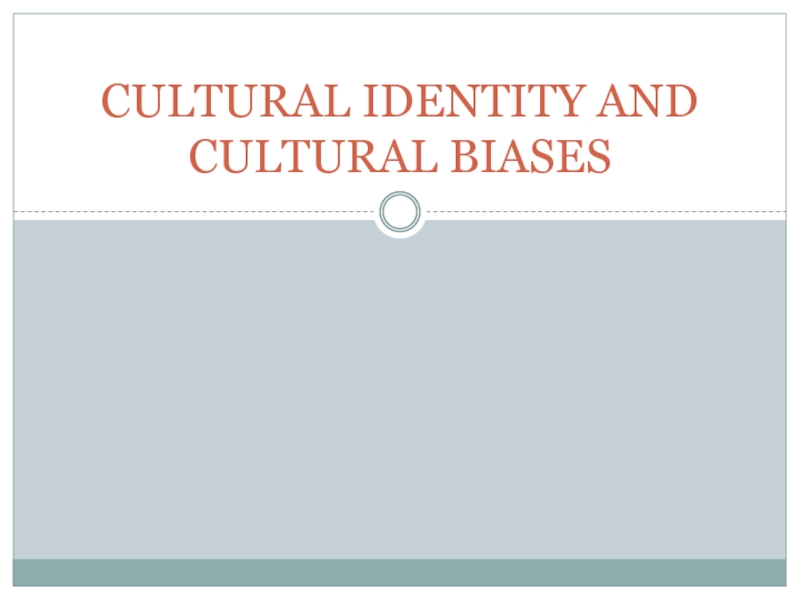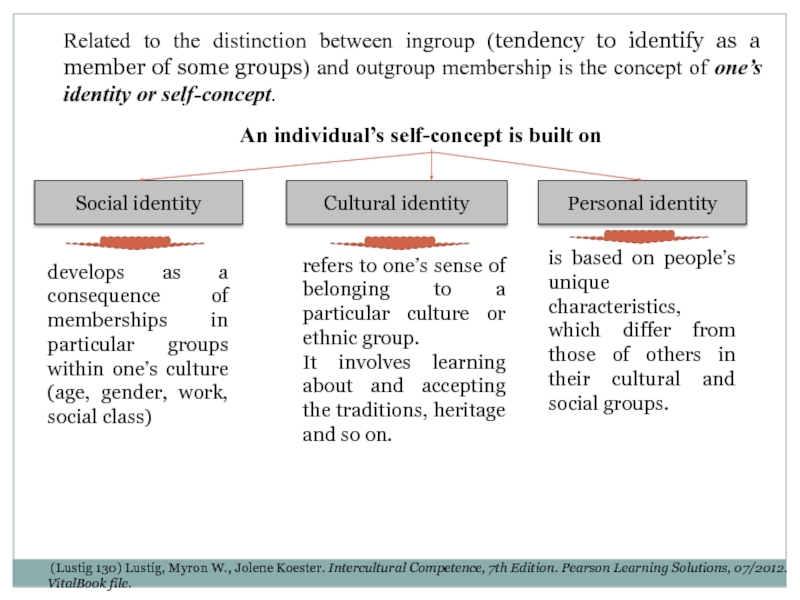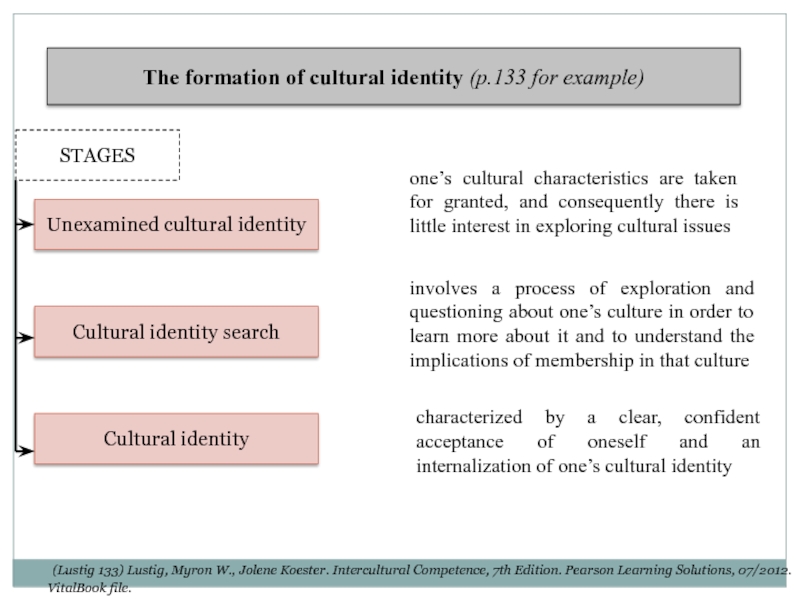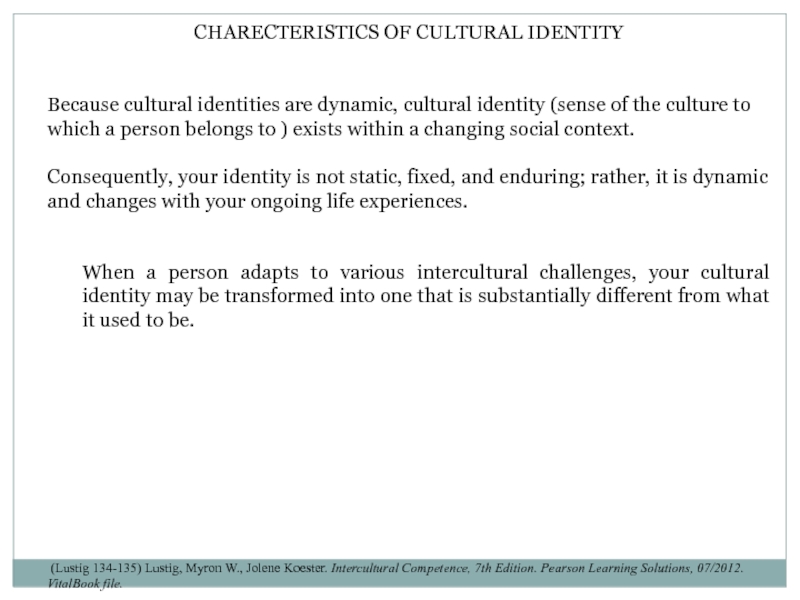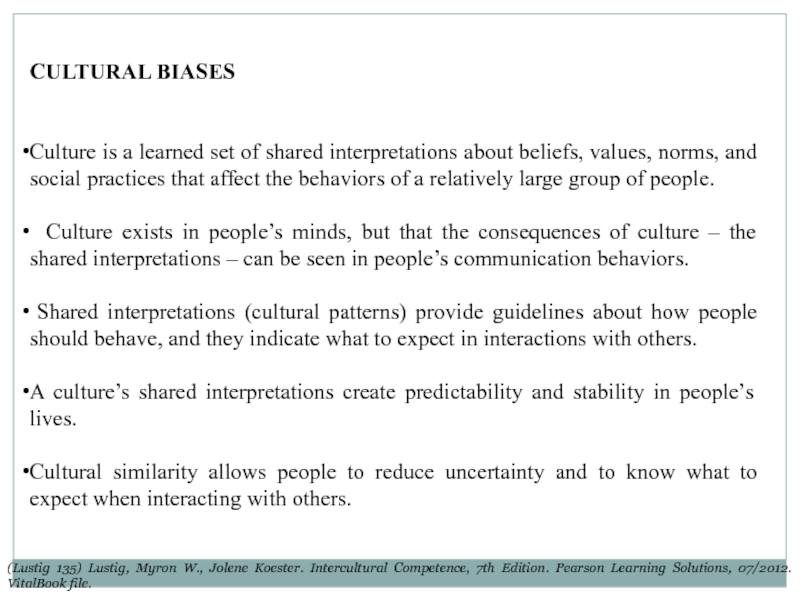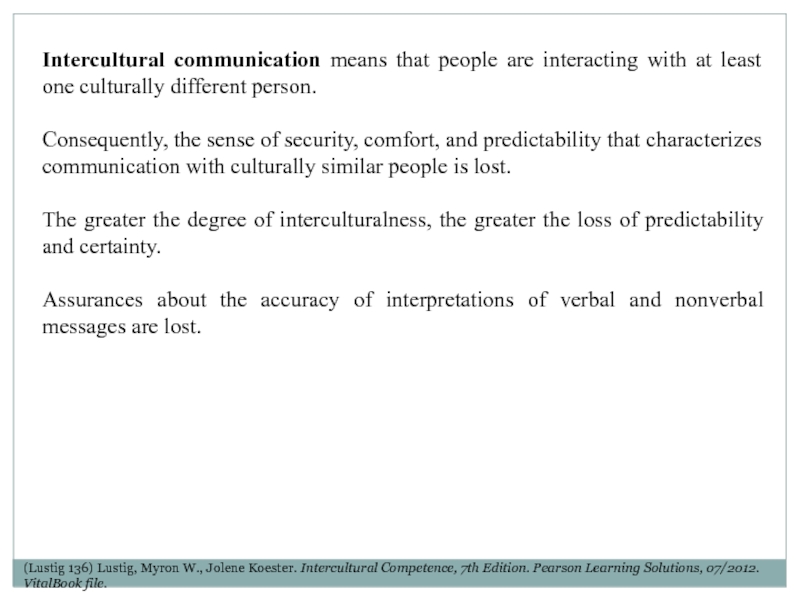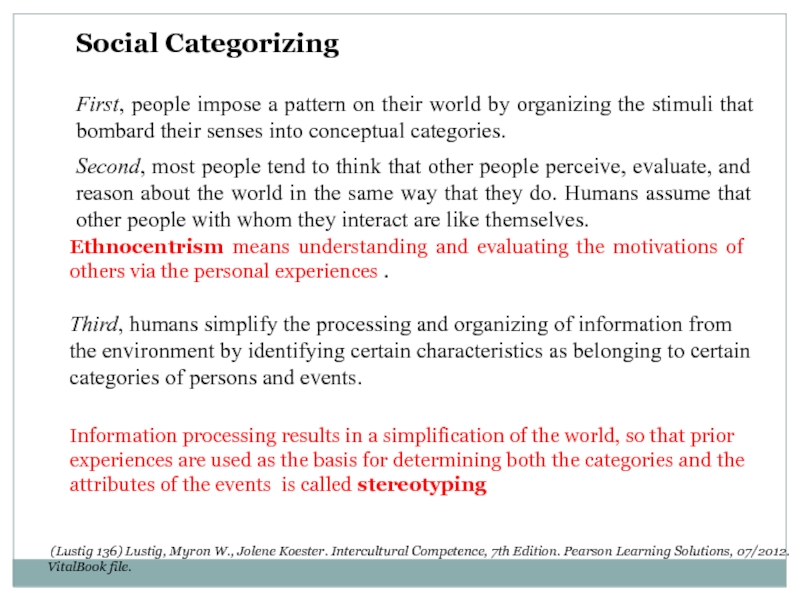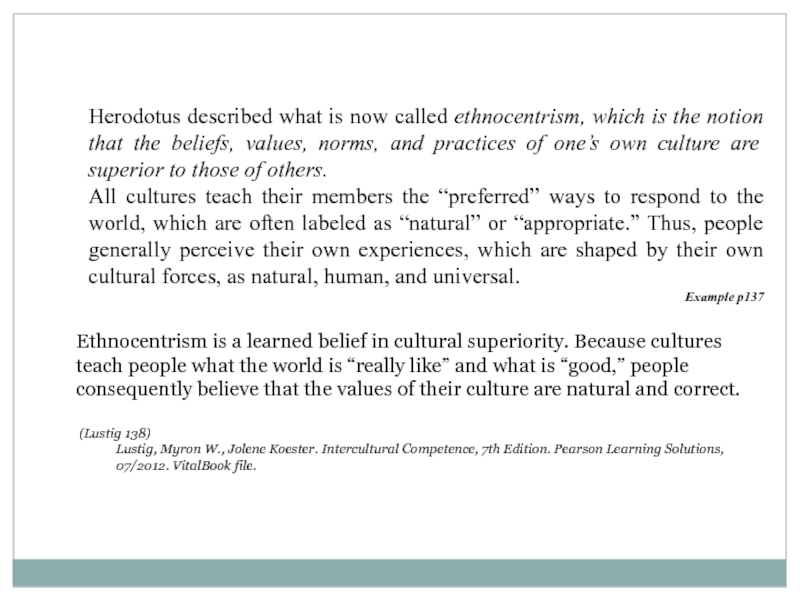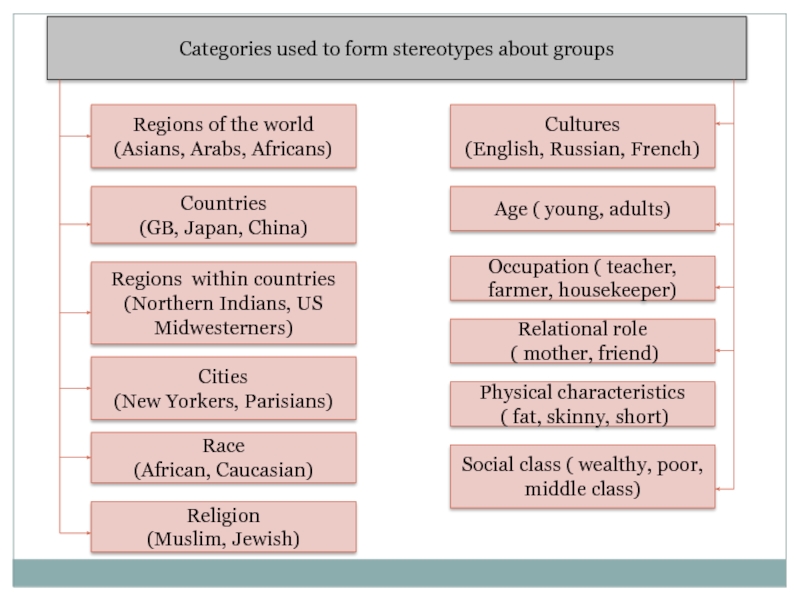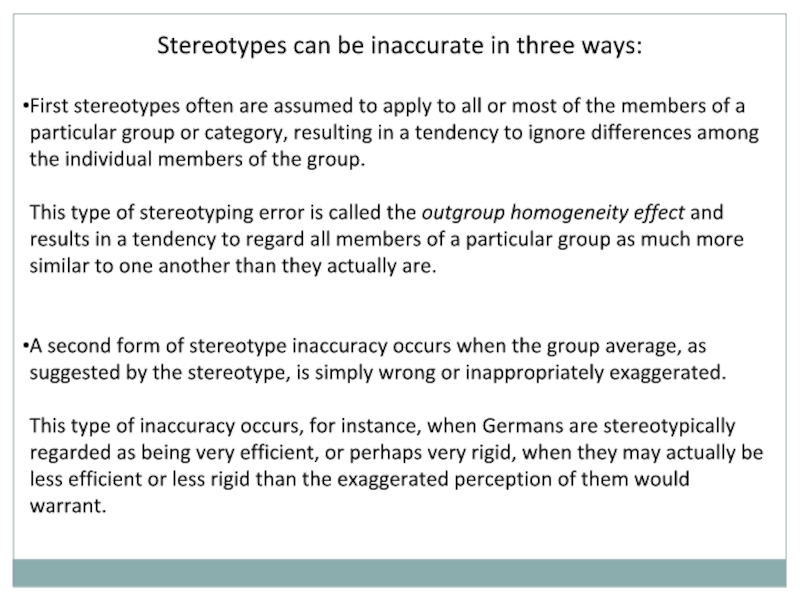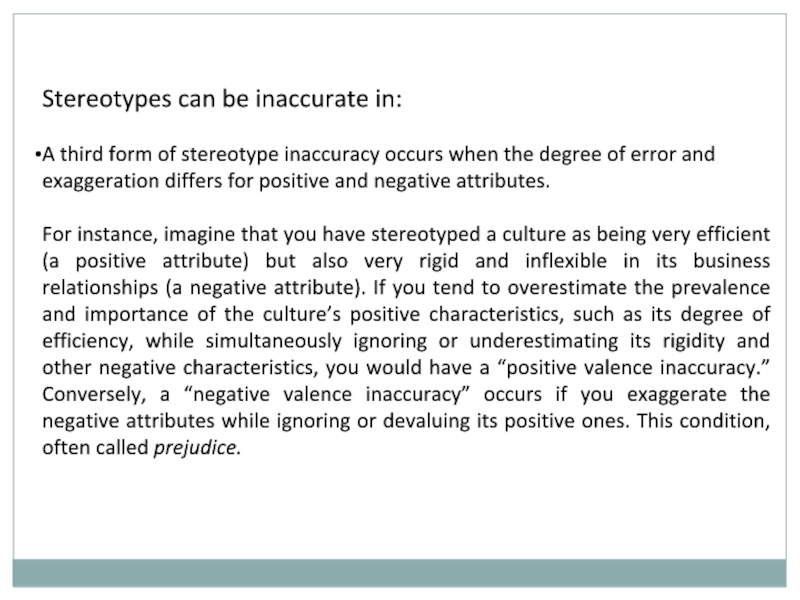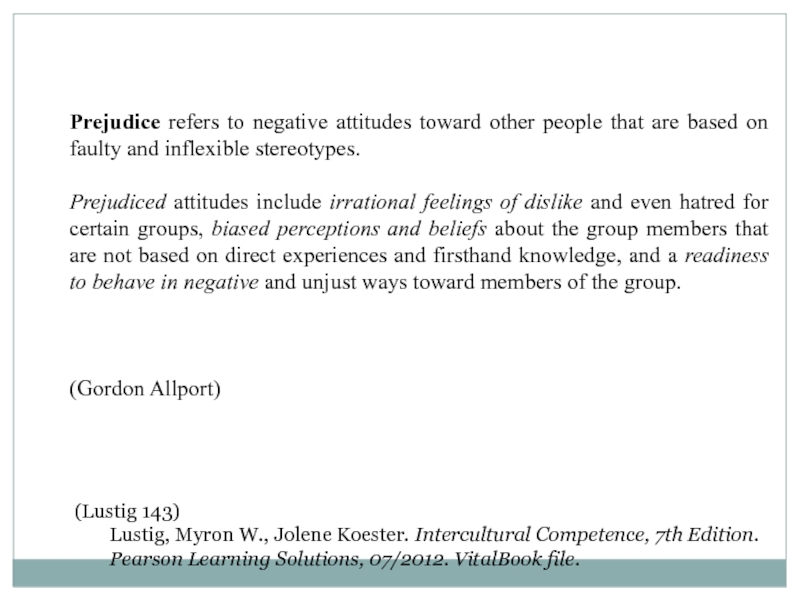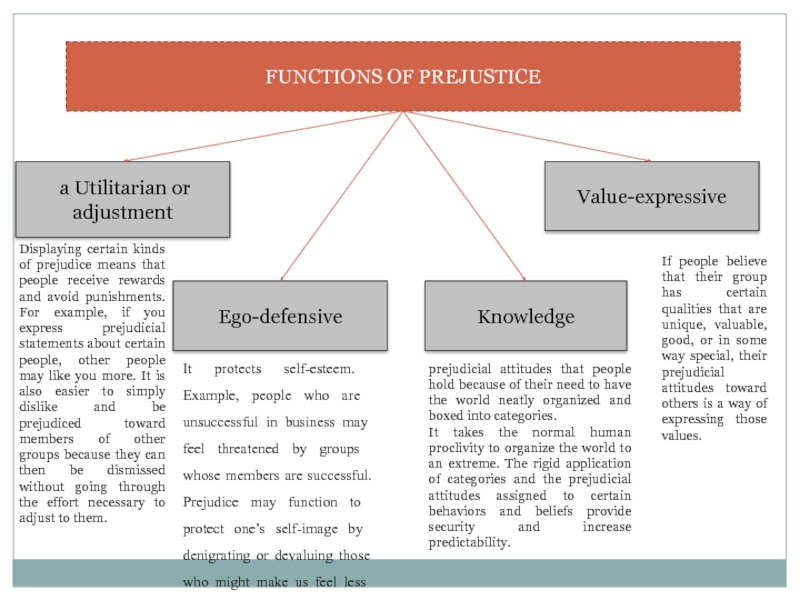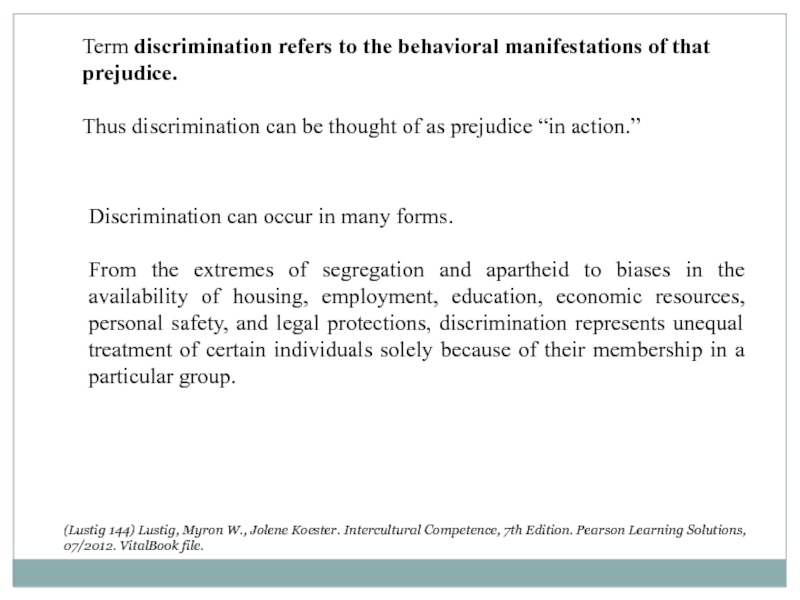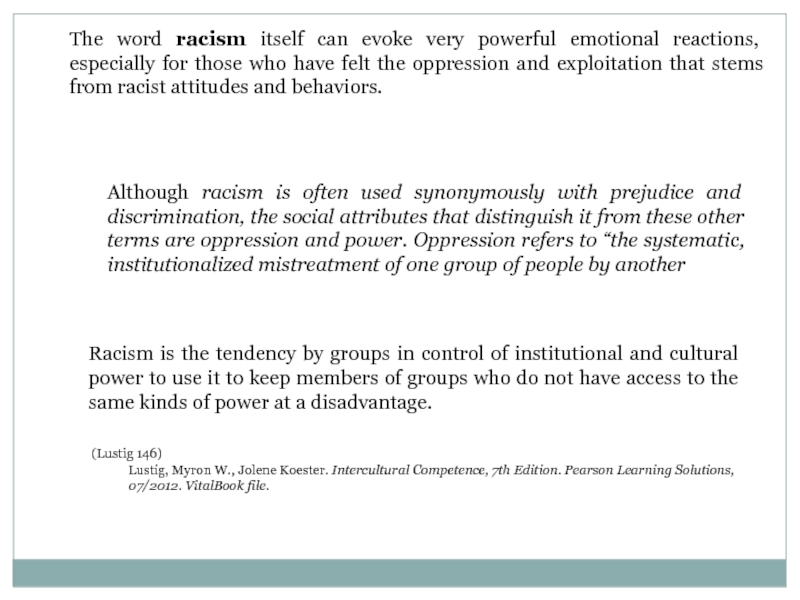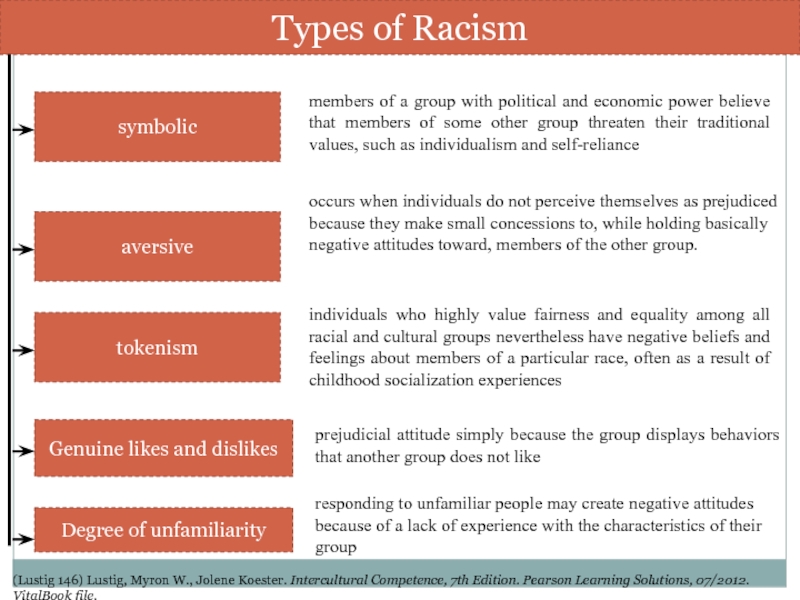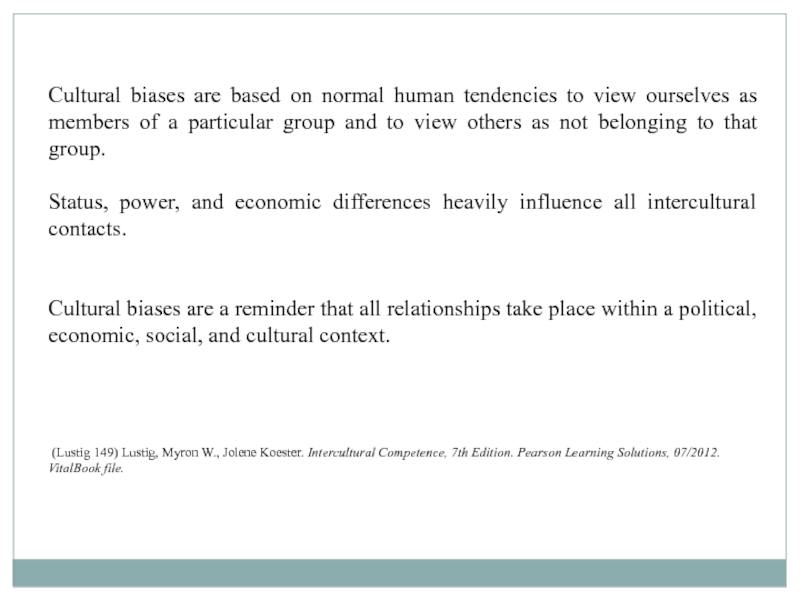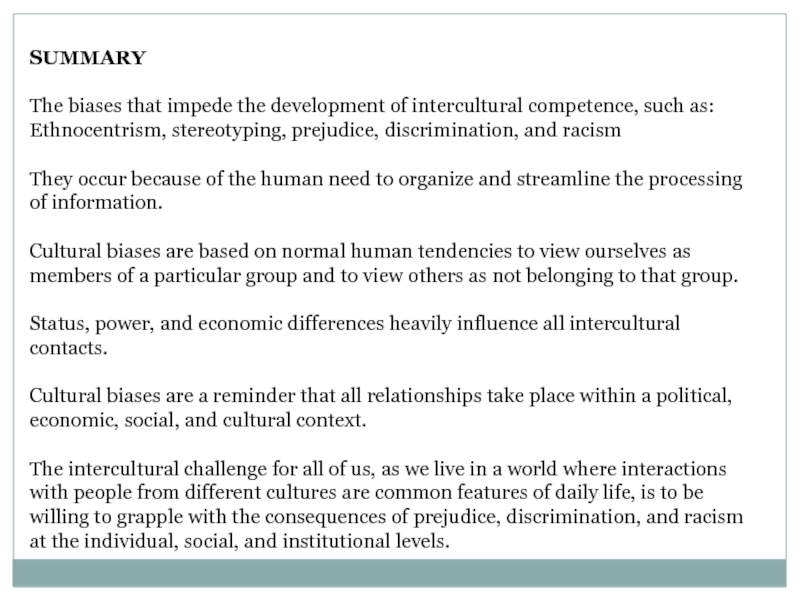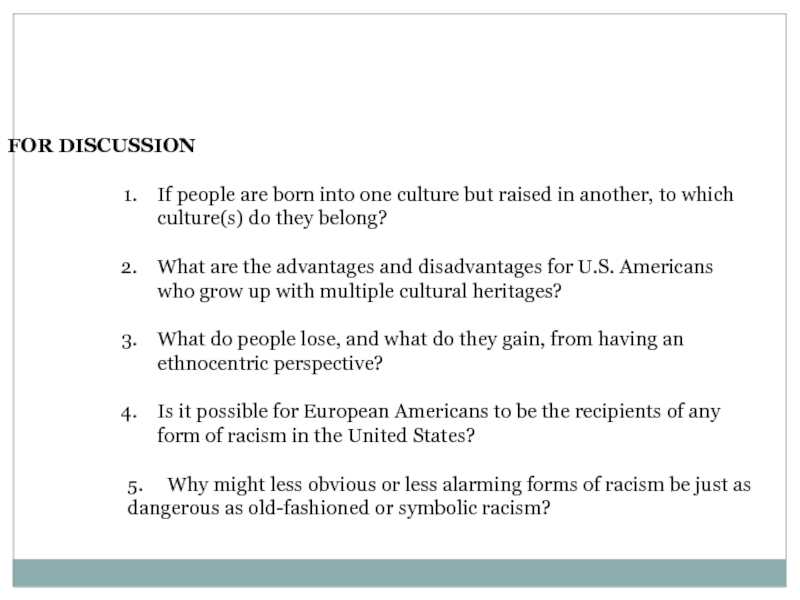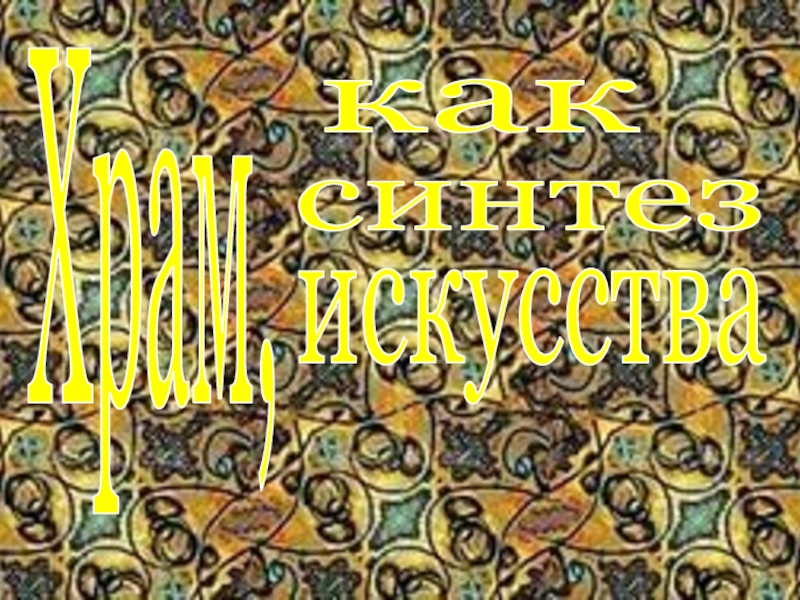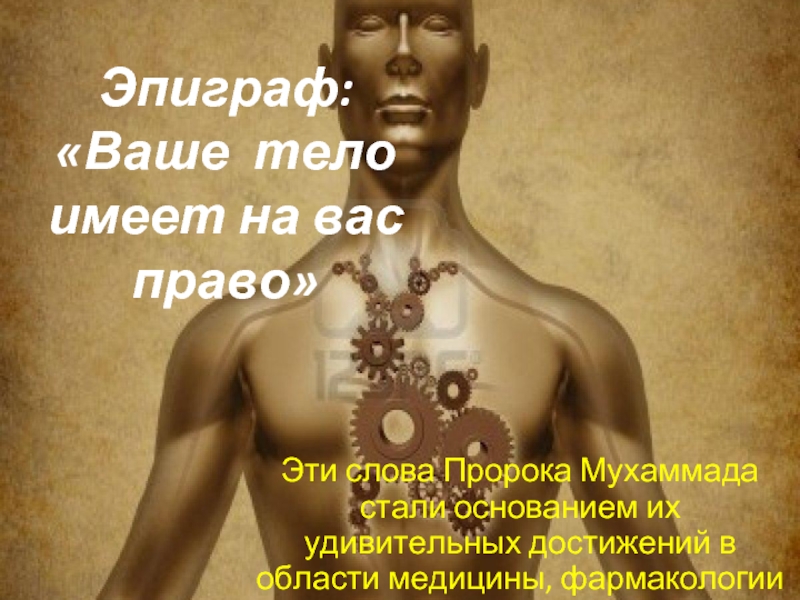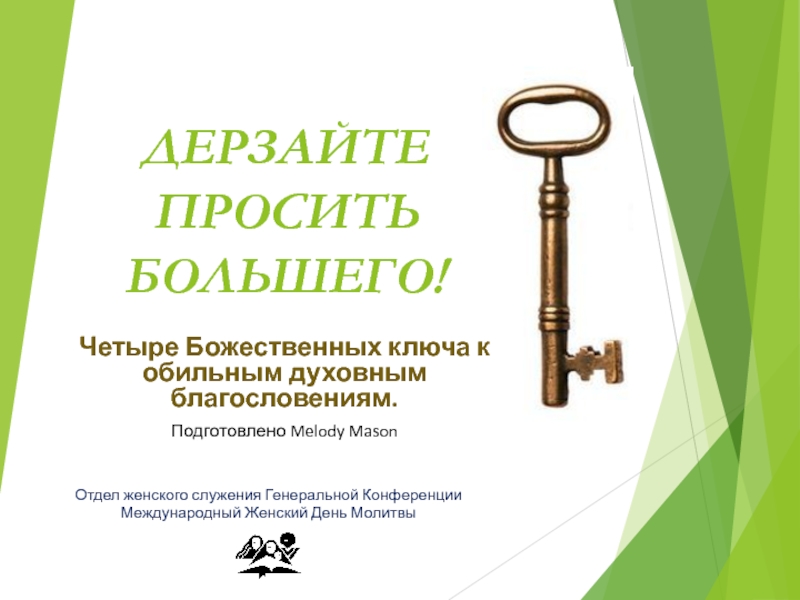- Главная
- Разное
- Дизайн
- Бизнес и предпринимательство
- Аналитика
- Образование
- Развлечения
- Красота и здоровье
- Финансы
- Государство
- Путешествия
- Спорт
- Недвижимость
- Армия
- Графика
- Культурология
- Еда и кулинария
- Лингвистика
- Английский язык
- Астрономия
- Алгебра
- Биология
- География
- Детские презентации
- Информатика
- История
- Литература
- Маркетинг
- Математика
- Медицина
- Менеджмент
- Музыка
- МХК
- Немецкий язык
- ОБЖ
- Обществознание
- Окружающий мир
- Педагогика
- Русский язык
- Технология
- Физика
- Философия
- Химия
- Шаблоны, картинки для презентаций
- Экология
- Экономика
- Юриспруденция
Cultural identity and cultural biases презентация
Содержание
- 1. Cultural identity and cultural biases
- 2. Related to the distinction between ingroup (tendency
- 3. The formation of cultural identity (p.133 for
- 4. CHARECTERISTICS OF CULTURAL IDENTITY Because
- 5. CULTURAL BIASES Culture is a
- 6. Intercultural communication means that people are interacting
- 7. Social Categorizing First, people impose a
- 8. Herodotus described what is now called ethnocentrism,
- 9. Journalist Walter Lippmann introduced the term stereotyping
- 10. Categories used to form stereotypes about groups
- 11. Stereotypes can be inaccurate in three ways:
- 12. Stereotypes can be inaccurate in:
- 13. Prejudice refers to negative attitudes toward other
- 14. FUNCTIONS OF PREJUSTICE a Utilitarian or
- 15. Term discrimination refers to the behavioral manifestations
- 16. The word racism itself can evoke very
- 17. Types of Racism symbolic members of
- 18. Cultural biases are based on normal human
- 19. SUMMARY The biases that impede the
- 20. FOR DISCUSSION If people are born
Слайд 2Related to the distinction between ingroup (tendency to identify as a
(Lustig 130) Lustig, Myron W., Jolene Koester. Intercultural Competence, 7th Edition. Pearson Learning Solutions, 07/2012. VitalBook file.
An individual’s self-concept is built on
Social identity
Personal identity
Cultural identity
refers to one’s sense of belonging to a particular culture or ethnic group.
It involves learning about and accepting the traditions, heritage and so on.
develops as a consequence of memberships in particular groups within one’s culture (age, gender, work, social class)
is based on people’s unique characteristics, which differ from those of others in their cultural and social groups.
Слайд 3The formation of cultural identity (p.133 for example)
STAGES
Unexamined cultural identity
Cultural identity
Cultural identity
one’s cultural characteristics are taken for granted, and consequently there is little interest in exploring cultural issues
involves a process of exploration and questioning about one’s culture in order to learn more about it and to understand the implications of membership in that culture
characterized by a clear, confident acceptance of oneself and an internalization of one’s cultural identity
(Lustig 133) Lustig, Myron W., Jolene Koester. Intercultural Competence, 7th Edition. Pearson Learning Solutions, 07/2012. VitalBook file.
Слайд 4CHARECTERISTICS OF CULTURAL IDENTITY
Because cultural identities are dynamic, cultural identity (sense
Consequently, your identity is not static, fixed, and enduring; rather, it is dynamic and changes with your ongoing life experiences.
(Lustig 134-135) Lustig, Myron W., Jolene Koester. Intercultural Competence, 7th Edition. Pearson Learning Solutions, 07/2012. VitalBook file.
When a person adapts to various intercultural challenges, your cultural identity may be transformed into one that is substantially different from what it used to be.
Слайд 5CULTURAL BIASES
Culture is a learned set of shared interpretations about beliefs,
Culture exists in people’s minds, but that the consequences of culture – the shared interpretations – can be seen in people’s communication behaviors.
Shared interpretations (cultural patterns) provide guidelines about how people should behave, and they indicate what to expect in interactions with others.
A culture’s shared interpretations create predictability and stability in people’s lives.
Cultural similarity allows people to reduce uncertainty and to know what to expect when interacting with others.
(Lustig 135) Lustig, Myron W., Jolene Koester. Intercultural Competence, 7th Edition. Pearson Learning Solutions, 07/2012. VitalBook file.
Слайд 6Intercultural communication means that people are interacting with at least one
Consequently, the sense of security, comfort, and predictability that characterizes communication with culturally similar people is lost.
The greater the degree of interculturalness, the greater the loss of predictability and certainty.
Assurances about the accuracy of interpretations of verbal and nonverbal messages are lost.
(Lustig 136) Lustig, Myron W., Jolene Koester. Intercultural Competence, 7th Edition. Pearson Learning Solutions, 07/2012. VitalBook file.
Слайд 7Social Categorizing
First, people impose a pattern on their world by organizing
(Lustig 136) Lustig, Myron W., Jolene Koester. Intercultural Competence, 7th Edition. Pearson Learning Solutions, 07/2012. VitalBook file.
Second, most people tend to think that other people perceive, evaluate, and reason about the world in the same way that they do. Humans assume that other people with whom they interact are like themselves.
Ethnocentrism means understanding and evaluating the motivations of others via the personal experiences .
Third, humans simplify the processing and organizing of information from the environment by identifying certain characteristics as belonging to certain categories of persons and events.
Information processing results in a simplification of the world, so that prior experiences are used as the basis for determining both the categories and the attributes of the events is called stereotyping
Слайд 8Herodotus described what is now called ethnocentrism, which is the notion
All cultures teach their members the “preferred” ways to respond to the world, which are often labeled as “natural” or “appropriate.” Thus, people generally perceive their own experiences, which are shaped by their own cultural forces, as natural, human, and universal.
Example p137
Ethnocentrism is a learned belief in cultural superiority. Because cultures teach people what the world is “really like” and what is “good,” people consequently believe that the values of their culture are natural and correct.
(Lustig 138)
Lustig, Myron W., Jolene Koester. Intercultural Competence, 7th Edition. Pearson Learning Solutions, 07/2012. VitalBook file.
Слайд 9Journalist Walter Lippmann introduced the term stereotyping in 1922 to refer
Stereotypes are a form of generalization about some group of people.
When people stereotype others, they take a category of people and make assertions about the characteristics of all people who belong to that category.
The consequence of stereotyping is that the vast degree of differences that exists among the members of any one group may not be taken into account in the interpretation of messages.
(Lustig 140)
Lustig, Myron W., Jolene Koester. Intercultural Competence, 7th Edition. Pearson Learning Solutions, 07/2012. VitalBook file.
Слайд 10Categories used to form stereotypes about groups
Regions of the world
(Asians, Arabs,
Countries
(GB, Japan, China)
Regions within countries
(Northern Indians, US Midwesterners)
Cities
(New Yorkers, Parisians)
Cultures
(English, Russian, French)
Age ( young, adults)
Race
(African, Caucasian)
Religion
(Muslim, Jewish)
Occupation ( teacher, farmer, housekeeper)
Relational role
( mother, friend)
Physical characteristics
( fat, skinny, short)
Social class ( wealthy, poor, middle class)
Слайд 11Stereotypes can be inaccurate in three ways:
First stereotypes often are assumed
This type of stereotyping error is called the outgroup homogeneity effect and results in a tendency to regard all members of a particular group as much more similar to one another than they actually are.
A second form of stereotype inaccuracy occurs when the group average, as suggested by the stereotype, is simply wrong or inappropriately exaggerated.
This type of inaccuracy occurs, for instance, when Germans are stereotypically regarded as being very efficient, or perhaps very rigid, when they may actually be less efficient or less rigid than the exaggerated perception of them would warrant.
Слайд 12Stereotypes can be inaccurate in:
A third form of stereotype inaccuracy
For instance, imagine that you have stereotyped a culture as being very efficient (a positive attribute) but also very rigid and inflexible in its business relationships (a negative attribute). If you tend to overestimate the prevalence and importance of the culture’s positive characteristics, such as its degree of efficiency, while simultaneously ignoring or underestimating its rigidity and other negative characteristics, you would have a “positive valence inaccuracy.” Conversely, a “negative valence inaccuracy” occurs if you exaggerate the negative attributes while ignoring or devaluing its positive ones. This condition, often called prejudice.
Слайд 13Prejudice refers to negative attitudes toward other people that are based
Prejudiced attitudes include irrational feelings of dislike and even hatred for certain groups, biased perceptions and beliefs about the group members that are not based on direct experiences and firsthand knowledge, and a readiness to behave in negative and unjust ways toward members of the group.
(Gordon Allport)
(Lustig 143)
Lustig, Myron W., Jolene Koester. Intercultural Competence, 7th Edition. Pearson Learning Solutions, 07/2012. VitalBook file.
Слайд 14FUNCTIONS OF PREJUSTICE
a Utilitarian or adjustment
Ego-defensive
Value-expressive
Knowledge
Displaying certain
It protects self-esteem. Example, people who are unsuccessful in business may feel threatened by groups whose members are successful. Prejudice may function to protect one’s self-image by denigrating or devaluing those who might make us feel less worthy
If people believe that their group has certain qualities that are unique, valuable, good, or in some way special, their prejudicial attitudes toward others is a way of expressing those values.
prejudicial attitudes that people hold because of their need to have the world neatly organized and boxed into categories.
It takes the normal human proclivity to organize the world to an extreme. The rigid application of categories and the prejudicial attitudes assigned to certain behaviors and beliefs provide security and increase predictability.
Слайд 15Term discrimination refers to the behavioral manifestations of that prejudice.
Thus
Discrimination can occur in many forms.
From the extremes of segregation and apartheid to biases in the availability of housing, employment, education, economic resources, personal safety, and legal protections, discrimination represents unequal treatment of certain individuals solely because of their membership in a particular group.
(Lustig 144) Lustig, Myron W., Jolene Koester. Intercultural Competence, 7th Edition. Pearson Learning Solutions, 07/2012. VitalBook file.
Слайд 16The word racism itself can evoke very powerful emotional reactions, especially
Although racism is often used synonymously with prejudice and discrimination, the social attributes that distinguish it from these other terms are oppression and power. Oppression refers to “the systematic, institutionalized mistreatment of one group of people by another
Racism is the tendency by groups in control of institutional and cultural power to use it to keep members of groups who do not have access to the same kinds of power at a disadvantage.
(Lustig 146)
Lustig, Myron W., Jolene Koester. Intercultural Competence, 7th Edition. Pearson Learning Solutions, 07/2012. VitalBook file.
Слайд 17Types of Racism
symbolic
members of a group with political and economic
(Lustig 146) Lustig, Myron W., Jolene Koester. Intercultural Competence, 7th Edition. Pearson Learning Solutions, 07/2012. VitalBook file.
tokenism
occurs when individuals do not perceive themselves as prejudiced because they make small concessions to, while holding basically negative attitudes toward, members of the other group.
aversive
individuals who highly value fairness and equality among all racial and cultural groups nevertheless have negative beliefs and feelings about members of a particular race, often as a result of childhood socialization experiences
Genuine likes and dislikes
prejudicial attitude simply because the group displays behaviors that another group does not like
Degree of unfamiliarity
responding to unfamiliar people may create negative attitudes because of a lack of experience with the characteristics of their group
Слайд 18Cultural biases are based on normal human tendencies to view ourselves
Status, power, and economic differences heavily influence all intercultural contacts.
Cultural biases are a reminder that all relationships take place within a political, economic, social, and cultural context.
(Lustig 149) Lustig, Myron W., Jolene Koester. Intercultural Competence, 7th Edition. Pearson Learning Solutions, 07/2012. VitalBook file.
Слайд 19SUMMARY
The biases that impede the development of intercultural competence, such as:
They occur because of the human need to organize and streamline the processing of information.
Cultural biases are based on normal human tendencies to view ourselves as members of a particular group and to view others as not belonging to that group.
Status, power, and economic differences heavily influence all intercultural contacts.
Cultural biases are a reminder that all relationships take place within a political, economic, social, and cultural context.
The intercultural challenge for all of us, as we live in a world where interactions with people from different cultures are common features of daily life, is to be willing to grapple with the consequences of prejudice, discrimination, and racism at the individual, social, and institutional levels.
Слайд 20FOR DISCUSSION
If people are born into one culture but raised in
What are the advantages and disadvantages for U.S. Americans who grow up with multiple cultural heritages?
What do people lose, and what do they gain, from having an ethnocentric perspective?
Is it possible for European Americans to be the recipients of any form of racism in the United States?
5. Why might less obvious or less alarming forms of racism be just as dangerous as old-fashioned or symbolic racism?
